Photo: Magical Tibetan medicine

Tibet has an average altitude of over 4000 meters and is known as the Earth’s “third pole”. It’s natural characteristics comprise alpine hypoxia, long hours of sunshine, strong ultraviolet radiation, large temperature differences between day and night, complex topography and no environmental pollution. This environment also gives rise to Tibetan medicine, the pearl in the treasure trove of Chinese medicine.
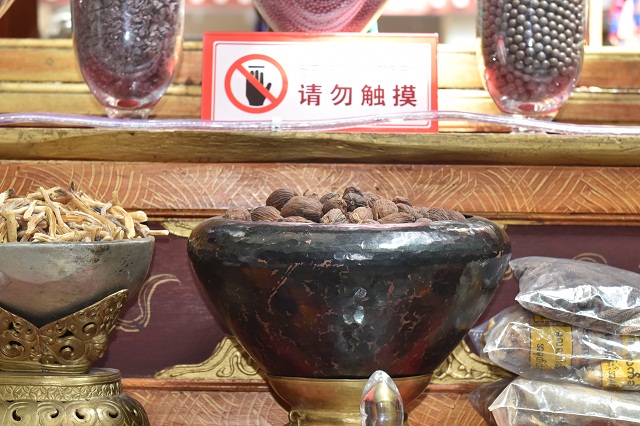
Tibetan Medicine. As one of the traditional branches of Chinese medicine, Tibetan medicine originated in the Qinghai-Tibetan plateau and stands alone with its long history. In 2006 Tibetan medicine was included in China’s first batch of national intangible cultural heritages. There are many different kinds of Tibetan medicine and 2085 species of plant are used to make Tibetan medicine. The plants used to make the medicine are mostly found at an altitude of more than 3800 meters.

Types of Tibetan medicine. Due to the plateau’s lack of oxygen, strong solar radiation and abundant blue-violet and ultraviolet light, the air is clear and there is little dust and moisture. This is favorable to passing light and Tibetan medicine plants are not only resistant to cold and drought, but also fully photosynthesize, accumulate large amount of medicinal ingredients and are highly biologically active. These unique advantages of the plateau are an important reason for Tibetan medicine’s strength, purity and effectiveness.

Beeswax used in Tibetan medicine. In Tibetan medicine gold can be incinerated; mercury, beeswax, dzi beads and turquoise are also used in Tibetan medicine. Some materials are prepared using different methods, leading to different effects.
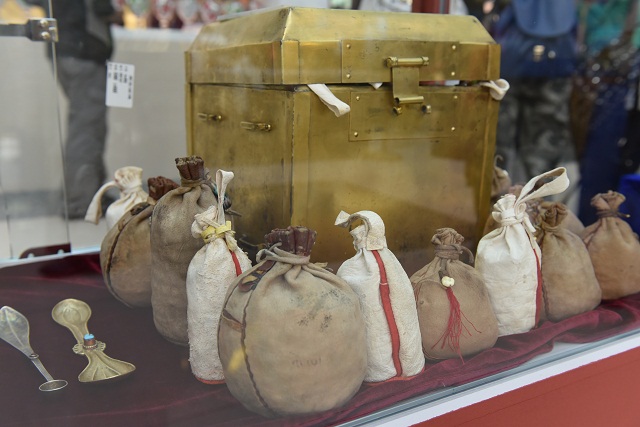
Special medicine kits used at free clinics in the early 20th century during the Lhasa Menzikang period. With more than two thousand years of history, Tibetan medicine is a rich production practice in the lives of Tibetan people. It is a unique system of traditional medicine formed through constant accumulation and improvement, and using pharmaceuticals, ancient Indian medicine and ancient Arabic medicine. Tibetan medicine is well known in the medical world and has achieved remarkable results in treating cardiovascular, liver and gallbladder, nervous system, digestive system, immune system and gynecological diseases.
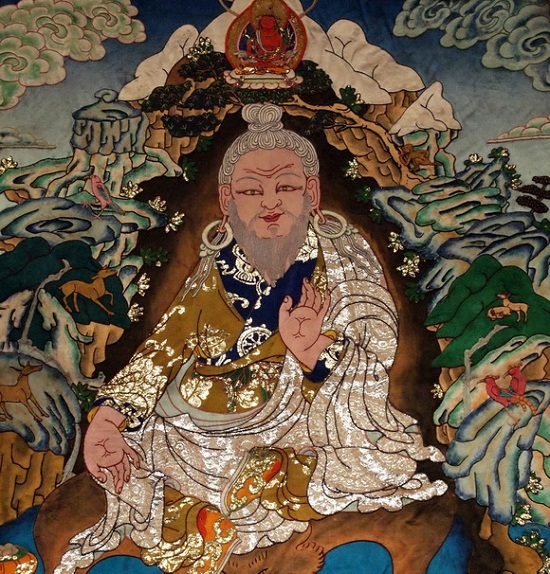
Yuthok Yonten Gonpo is one of the most prominent figures in Tibetan medicine. He is from Tohlung Dechen in Tibet and completed his masterpiece Four Medical Classics at the end of the 8th century. He laid a solid foundation for the final formation of Tibetan medicine and created a complete system of Tibetan medicine.
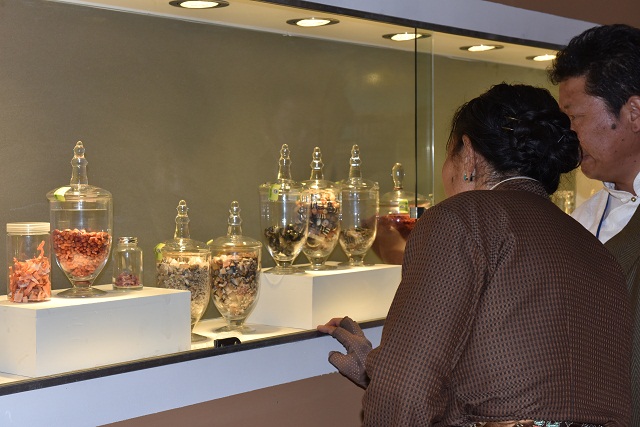
Yaowang Shan Hospital Lizhong Yuan graduation certificate. Yuthok Yonten Gonpo held many lectures in India, Nepal, the inland China and other places, and made an outstanding contribution to promoting medical cultural exchange. In addition to his medical works Four Medical Classics, he also has more than 30 other works including Beacon of Practice and Experience Understood. He is a shining pearl in the treasure trove of Chinese medicine.
Your Comment
Name E-mailRelated News
-
;
-
-

-
Cultivation of Tibetan medicine through innovation
Seed germinators and western medical equipment are no longer novelties in Tibetan medicine hospitals, as researchers and doctors become increasingly technologically adept.
-
-
-
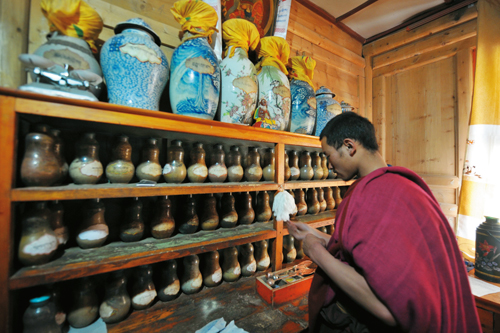
-
Tibetan medicine wins global recognition
Attendees of the first international forum on traditional Tibetan medicine gathered in Lhasa, Tibet, Tuesday to share ideas and celebrate the 100th anniversary of a Tibetan hospital.
-
-
-
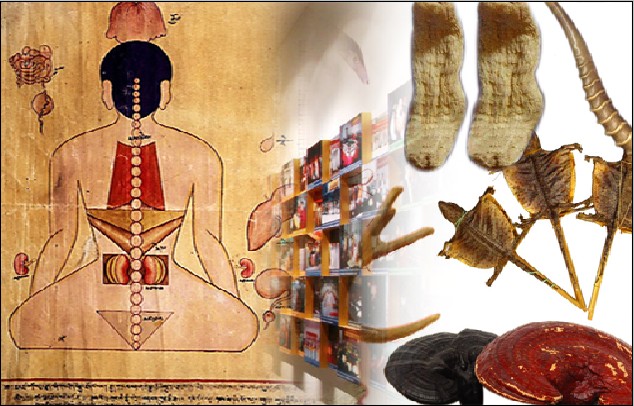
-
2nd Annual Academic Forum on Tibetan Medicine started
2nd Annual Academic Forum on Tibetan Medicine started August 23rd.
-
Based in Lhasa, Tibet Vista is a Tibet travel agency that specialized in Tibet permit, and Tibet tours for both private and group travelers at a local price!
•4 Days Lhasa City Group Tour from USD 460 •8 Days Everest Base Camp Group Tour from USD 850 •15 Days Mt.Kailash Group Tour from USD 1780 •2016 Tibet Train Tours from Beijing, Shanghai, Chengdu, Xining,etc










